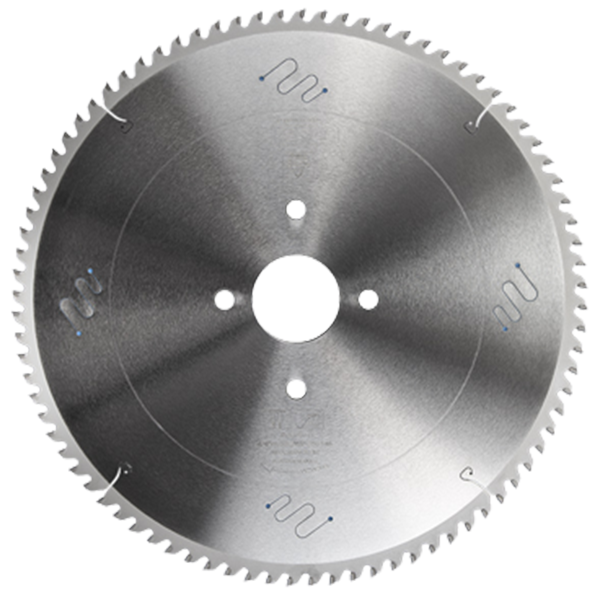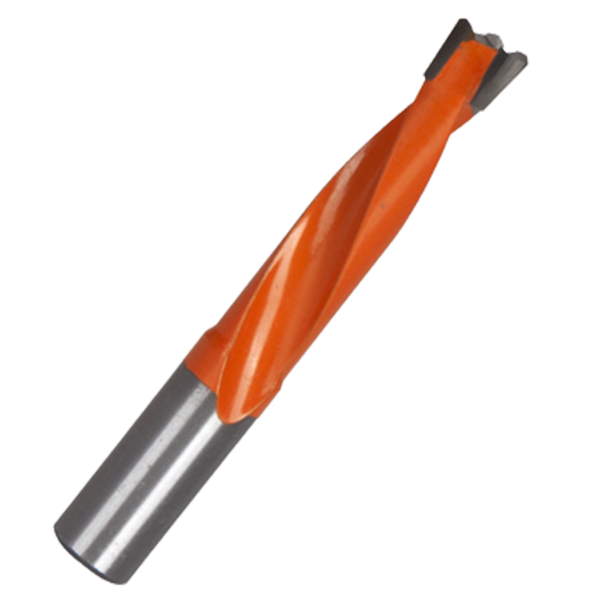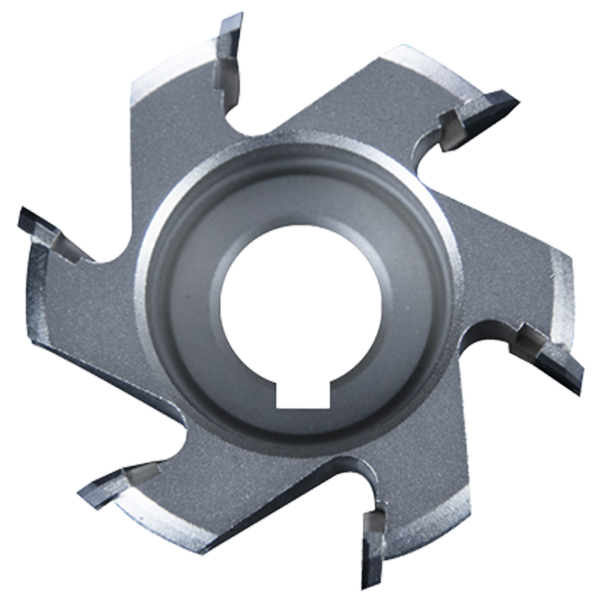Picking a new saw blade? It’s easy to just grab one that fits your saw and has a decent price tag, right?
But if you’re a pro, you know the difference between a “meh” cut and a great one is massive. A great cut is fast, clean, and just feels right. So, what’s the secret?
It’s not just one thing. It’s really about three key players working perfectly together:
The Tooth Design: This is what actually does the cutting.
The Tooth Count: This is all about how many teeth are on the blade.
The Blade Body: This is the foundation that holds it all together.
Getting this “performance triangle” is step one. Step two? Realizing that two blades with the exact same specs on the box can be worlds apart in how they perform.
Let’s dive in, especially focusing on the tough world of metal-cutting, and talk about why constant R&D is the real secret sauce for the best blades.
Angle 1: Saw Tooth Design – The Engine of Cutting
Think of the tooth shape (or “grind”) as the engine of the blade. It decides how it’s going to attack the material. You wouldn’t use a blade made for soft pine on a steel beam; it would instantly fail!
ATB (Alternate Top Bevel): This is your go-to for super clean, crosscuts in wood. The “bevel” slices wood fibers like a knife.
FTG (Flat Top Grind): A tough, durable, chisel-like tooth. It’s great for ripping wood (cutting along the grain).
TCG (Triple Chip Grind): This is the workhorse for hard, abrasive stuff. It has a taller “raking” tooth that cuts a path, and a lower “flat” tooth that clears out the rest. It’s essential for cutting metal, laminates, and plastics because it spreads out the work.
And don’t forget the “gullet”—that little valley between the teeth. It’s super important for clearing out all the junk (the chips). If that gullet clogs up, your blade gets hot, fast. And a hot blade warps and gets dull. No good!
Angle 2: Tooth Count – Balancing Speed, Finish, and Life
This one is always a trade-off: speed vs. finish.
Low Tooth Count: Fewer teeth mean bigger gullets and a faster, more “bitey” cut. Great for ripping 2x4s, but in metal, it would snag and be really dangerous.
High Tooth Count: More teeth give you that super-smooth, fine finish. Each tooth takes a smaller bite, which is less strain and helps the blade last longer.
For cutting metal, you definitely need a higher tooth count to handle the hard material. But—and this is a big “but”—more isn’t always better! You need the optimal count. Enough teeth for a smooth cut, but not so many that those little gullets get clogged with metal chips and overheat everything.
Angle 3: The Blade Body – The Unsung Hero of Stability
Honestly, this is the unsung hero of the whole setup.
You could have the world’s most advanced tooth design, but if you stick it on a cheap, flimsy blade body, forget it. Performance will just fall apart. The body is the foundation for a stable, smooth cut at high speeds.
This includes:
High-Quality Steel: The body has to be made from top-grade, hardened steel that won’t wobble or warp when it gets warm.
Tensioning: In the factory, blades are “tensioned” (pre-stressed) so they stay flat when they’re spinning like crazy. It’s a high-tech process.
Coatings: Fancy coatings aren’t just for looks. They cut down on friction, stop rust, and, most importantly, keep heat from building up. Heat is blade enemy #1!
Anti-Vibration Slots: Those little laser-cut lines? They’re precisely engineered to stop that awful “singing” or vibrating noise. Less vibration means a cleaner cut.
Beyond the Spec Sheet: The R&D That True Factories Champion
So here’s the tricky part for all of us. You’re shopping, and two blades look exactly the same on paper. 10-inch, 80-tooth, TCG. Same thing, right?
Wrong!
This is where a real factory that engineers things shows its stripes, compared to a brand that just assembles parts.
Even if the parameters look similar, dedicated factories are always in the lab, tweaking and testing. They’re looking for tiny micro-optimizations that add up to a huge performance win. This is the stuff you can’t see on the box:
Advanced Tooth Geometries: Developing new tooth angles that cut with less pressure and last longer.
Optimized Gullet Design: Engineering the perfect curve of the gullet to shoot chips out efficiently for a specific material.
Total System Synergy: The real magic isn’t just one part. It’s the perfect harmony between the tooth count, the gullet shape, and the tensioning of the blade. It’s a never-ending process of testing and improving.
Our Innovation in Action: KOOCUT’s Next-Generation Blades
This whole idea of non-stop, relentless R&D? That’s our whole thing at KOOCUT. We live for this stuff. We don’t just want to follow the standards; we want to set them.
And we’re super excited to say that all that hard work has paid off. We’ve developed breakthrough products that are ready to go head-to-head with the biggest brands out there.
Our newest stars are in two really tough categories:
Cement Fiber Board Saw Blades: We’ve engineered a new standard for cutting this awful, abrasive material, delivering blade life you have to see to believe.
Dry-Cut Metal Saw Blades: Our new metal-cutting blades give you amazingly fast, clean, and cool-to-the-touch cuts. They’re a true rival to the top names in the game.
Don’t settle for a blade that just matches a spec sheet. Invest in performance that comes from relentless engineering.
Give us a shout today! We’d love to chat, tell you more about our new product lines, and get you a custom quote. Experience the difference that true factory-led R&D makes!
Post time: Oct-24-2025

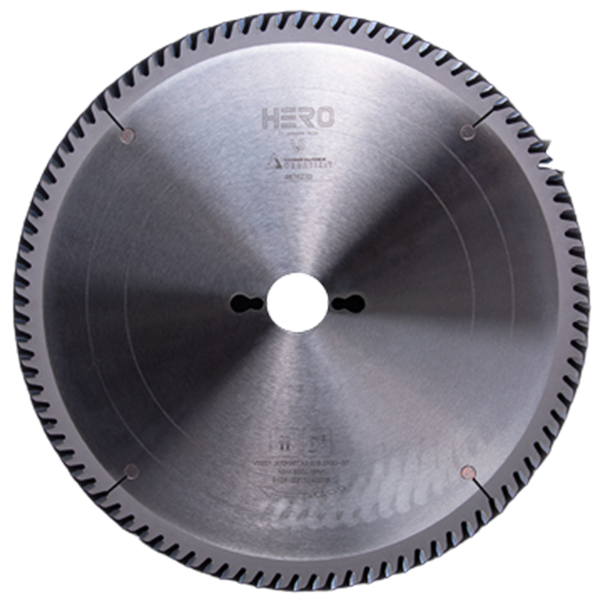 TCT Saw Blade
TCT Saw Blade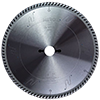 HERO Sizing Saw Blade
HERO Sizing Saw Blade HERO Panel Sizing Saw
HERO Panel Sizing Saw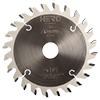 HERO Scoring Saw Blade
HERO Scoring Saw Blade HERO Solid Wood Saw Blade
HERO Solid Wood Saw Blade HERO Aluminum Saw
HERO Aluminum Saw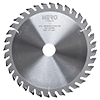 Grooving Saw
Grooving Saw Steel Profile Saw
Steel Profile Saw Edge Bander Saw
Edge Bander Saw Acrylic Saw
Acrylic Saw PCD Saw Blade
PCD Saw Blade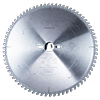 PCD Sizing Saw Blade
PCD Sizing Saw Blade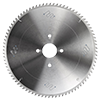 PCD Panel Sizing Saw
PCD Panel Sizing Saw PCD Scoring Saw Blade
PCD Scoring Saw Blade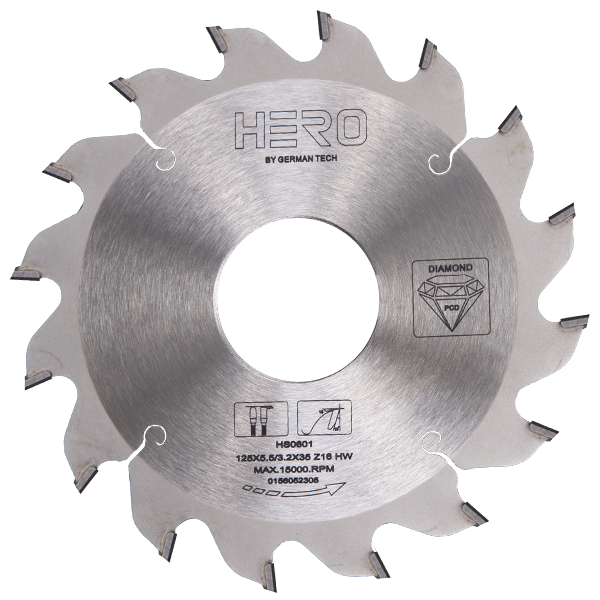 PCD Grooving Saw
PCD Grooving Saw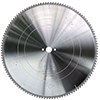 PCD Aluminum Saw
PCD Aluminum Saw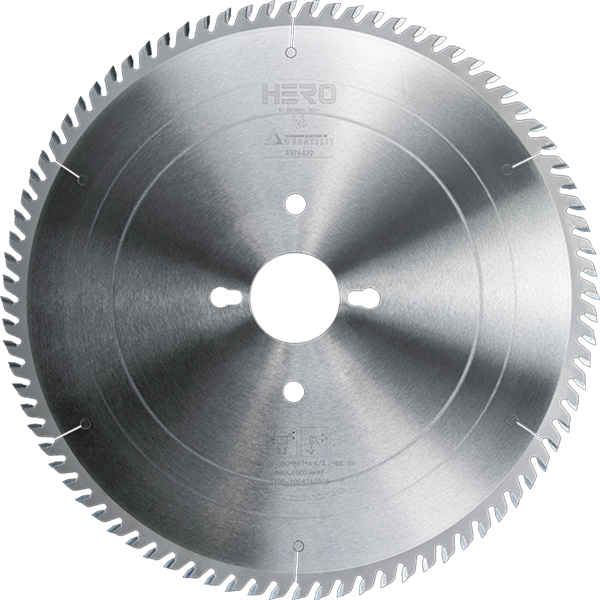 Cold Saw for Metal
Cold Saw for Metal Cold Saw Blade for Ferrous Metal
Cold Saw Blade for Ferrous Metal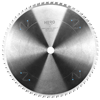 Dry Cut Saw Blade for Ferrous Metal
Dry Cut Saw Blade for Ferrous Metal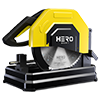 Cold Saw Machine
Cold Saw Machine Drill Bits
Drill Bits Dowel Drill Bits
Dowel Drill Bits Through Drill Bits
Through Drill Bits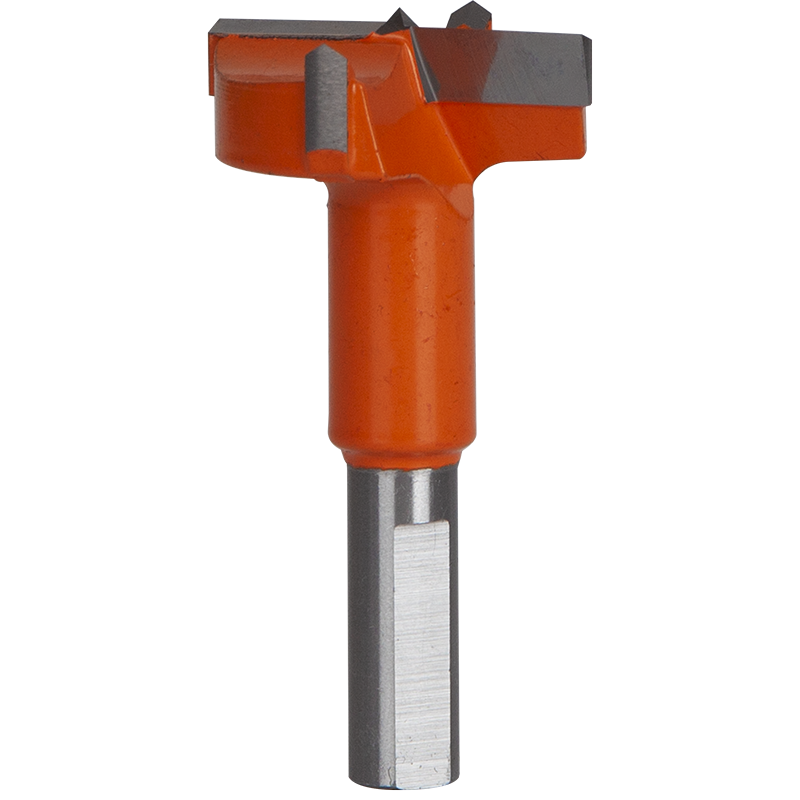 Hinge Drill Bits
Hinge Drill Bits TCT Step Drill Bits
TCT Step Drill Bits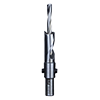 HSS Drill Bits/ Mortise Bits
HSS Drill Bits/ Mortise Bits Router Bits
Router Bits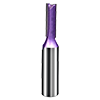 Straight Bits
Straight Bits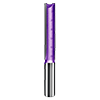 Longer Straight Bits
Longer Straight Bits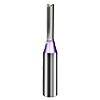 TCT Straight Bits
TCT Straight Bits M16 Straight Bits
M16 Straight Bits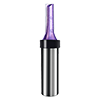 TCT X Straight Bits
TCT X Straight Bits 45 Degree Chamfer Bit
45 Degree Chamfer Bit Carving Bit
Carving Bit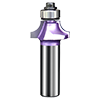 Corner Round Bit
Corner Round Bit PCD Router Bits
PCD Router Bits Edge Banding Tools
Edge Banding Tools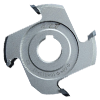 TCT Fine Trimming Cutter
TCT Fine Trimming Cutter TCT Pre Milling Cutter
TCT Pre Milling Cutter Edge Bander Saw
Edge Bander Saw PCD Fine Trimming Cutter
PCD Fine Trimming Cutter PCD Pre Milling Cutter
PCD Pre Milling Cutter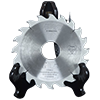 PCD Edge Bander Saw
PCD Edge Bander Saw Other Tools & Accessories
Other Tools & Accessories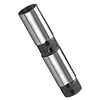 Drill Adapters
Drill Adapters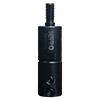 Drill Chucks
Drill Chucks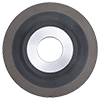 Diamond Sand Wheel
Diamond Sand Wheel Planer Knives
Planer Knives
